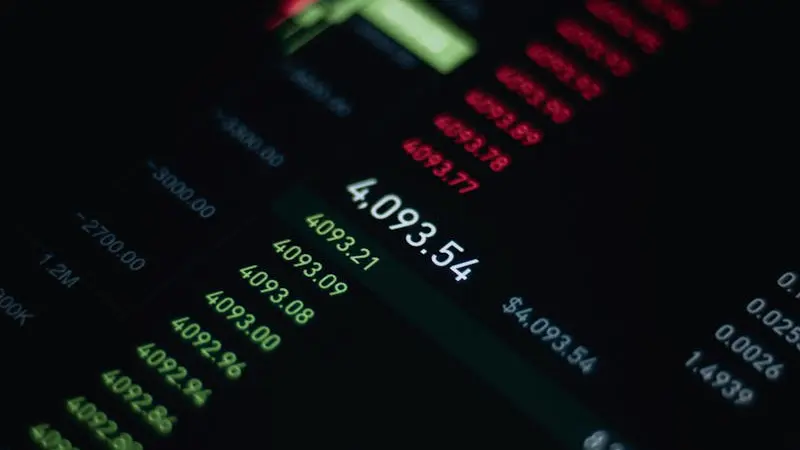Insider trading isn’t vague. It has specific, defining characteristics. Understanding these features reveals its structure. It shows precisely what constitutes this violation. These elements separate illegal trading from normal market activity.
We must examine these components closely. Each feature is a necessary piece of the puzzle. Together, they form the profile of insider trading. Removing any one element changes the equation. Let’s break it down.
The Insider Requirement
First, there must be an insider. This isn’t just top executives. The definition is broad. It includes directors and senior officers, naturally. It also covers any employee with access. Anyone holding over 10% of company shares fits.
The concept extends further. Lawyers, bankers, accountants, consultants working for the company are included. They become temporary insiders. They gain confidential information through their work. They owe a duty not to misuse it.
Even outsiders can become liable. This happens under the misappropriation theory. If someone steals confidential information and trades, they breach a duty. The duty isn’t to the traded company. It’s to the source of the information they betrayed. Family members receiving tips also become insiders. The net captures anyone trading on privileged, improperly obtained knowledge.
Materiality: The Information Must Matter
Second, the information must be material. Trivial gossip doesn’t count. Office rumors about minor changes are irrelevant. Material information significantly impacts stock price. It influences a reasonable investor’s decisions.
Think major corporate events. Unpublished earnings reports are material. Knowledge of an upcoming merger or acquisition qualifies. Significant product breakthroughs or failures are material. Pending regulatory approvals or lawsuits fit the definition. Major leadership changes often count.
This isn’t subjective. The standard is the reasonable investor. Would they consider this information important? Would it alter their view of the company’s prospects? If yes, the information is likely material. This significance is key. Trading on unimportant secrets isn’t the core issue.
Non-Public: The Element of Secrecy
Third, the information must be non-public. It cannot be generally available knowledge. It must be confidential. Known only to a select few within or close to the company. This secrecy provides the unfair advantage.
Public information comes through official announcements. Press releases, SEC filings, news articles make information public. Once disseminated widely, it’s fair game. Everyone can trade on it equally. Insider trading exploits the gap before this public release.
Timing is therefore critical. Trading moments before crucial news hits the wires is suspect. The advantage lies entirely in knowing before the market knows. This informational asymmetry is a defining feature. It leverages privileged access against the uninformed public.
The Trade: Action is Required
Fourth, there must be a transaction. Simply possessing insider knowledge isn’t enough. The law prohibits trading on the information. This means buying or selling securities. Stocks, bonds, options – any security applies.
This action can be direct. An executive buys shares before good news. An employee sells stock before bad news breaks. The connection between knowledge and trade is direct.
Action also includes tipping. An insider provides the material non-public information to someone else. That person, the tippee, then trades. Both the tipper and the tippee can be liable. The tipper breaches their duty by sharing. The tippee inherits that breach by trading. Passing secrets for others to exploit is also forbidden.
Breach of Duty: The Violation of Trust
Fifth, a breach of duty must occur. Trading itself isn’t illegal. Trading based on secret information gained through a position of trust is. This breach is central. Insiders owe duties to their company and shareholders.
Classical theory focuses on this internal breach. Directors, officers, employees violate fiduciary duties. They misuse company property (the information) for personal gain. They betray the trust placed in them by shareholders.
Misappropriation theory covers outsiders. It involves breaching a duty owed to the source of the information. A lawyer trading on client secrets breaches duty to the client. A journalist trading on information obtained under confidentiality breaches duty to their source. Some form of deception or confidentiality breach is essential.
Scienter: The Knowing Intent
Sixth, there must be scienter. This is a legal term for intent or knowledge of wrongdoing. The trader must know, or be reckless in not knowing, several things. They must know the information is material. They must know it’s non-public. They must know they are breaching a duty by using it.
Accidental trades that happen to align with later news aren’t the target. The focus is on conscious exploitation of the information advantage. Proving this mental state is key in legal cases. Civil cases may require showing recklessness. Criminal cases demand proof of willful violation – a higher standard.
Circumstantial evidence often builds the case for scienter. Emails, timing of trades, relationships between parties. These help infer the intent to deceive or defraud. It’s about knowingly misusing the privileged information.
Motivation: Profit or Loss Avoidance
Seventh, the motivation is typically personal gain. The insider trades to make money they couldn’t otherwise make. Or they trade to avoid losses they would otherwise incur. This underscores the self-interest involved.
The action subverts the purpose of their access. Information gained through employment or trust is used selfishly. It prioritizes personal financial benefit over duty. This element highlights the ethical failure. It converts privileged knowledge into personal profit or protection.
Conclusion
These features define insider trading. Insider status, material information, non-public nature. The act of trading or tipping. A breach of duty. Knowing intent, or scienter. Often driven by profit or loss avoidance. All elements must typically be present.
This isn’t about banning informed trading. It’s about banning trading based on improperly obtained, secret, significant information. It targets the abuse of trust and the creation of an unfair playing field. Recognizing these features is crucial to understanding the violation itself. They form the blueprint of this specific form of market abuse

